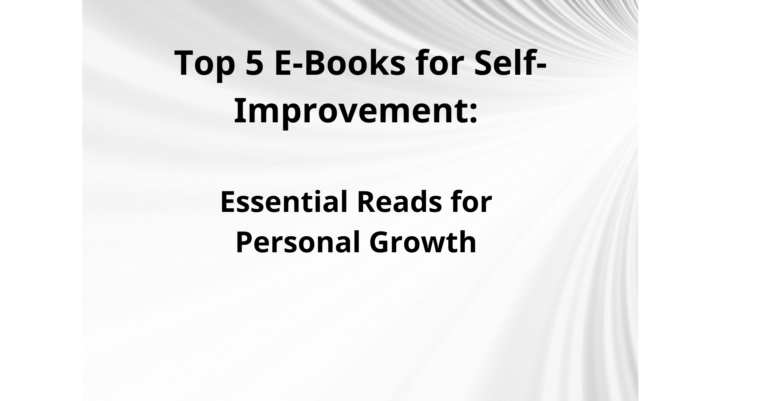How to Write an Effective and Engaging Book Review?
Writing a book review that captivates and informs readers requires a blend of critical analysis, creative expression, and engaging prose. Whether you’re a seasoned reviewer or a novice, mastering the art of writing compelling book reviews is essential for communicating your thoughts and recommendations effectively. In this comprehensive guide, we’ll explore the key elements of crafting an impactful book review, including detailed steps, useful synonyms, and strategies to enhance your writing.
1. Understand the Purpose of a Book Review
Before you begin writing, it’s crucial to understand the primary objectives of a book review. A review serves to:
- Inform: Provide potential readers with insights into the book’s content, themes, and style.
- Evaluate: Offer a critical assessment of the book’s strengths and weaknesses.
- Engage: Capture the reader’s interest and encourage them to read or avoid the book based on your analysis.
2. Read the Book Thoroughly
To write a review that resonates, you must thoroughly engage with the text. Pay close attention to:
- Plot: Understand the narrative arc and key events.
- Characters: Analyze the development and complexity of the characters.
- Themes: Identify the central themes and messages.
- Writing Style: Observe the author’s language, tone, and stylistic choices.
3. Structure Your Review
An effective book review generally follows a structured format:
- Introduction:
- Hook: Start with a compelling sentence to grab the reader’s attention.
- Book Information: Include the title, author, genre, and publication details.
- Brief Summary: Provide a concise overview of the book’s plot without revealing spoilers.
- Body:
- Analysis: Discuss the key elements of the book, including:
- Plot Development: Examine the coherence and pacing of the story.
- Characterization: Evaluate the depth and believability of the characters.
- Themes and Messages: Explore the underlying themes and their execution.
- Writing Style: Assess the effectiveness of the author’s prose, including their use of language, dialogue, and narrative techniques.
- Evaluation: Offer a balanced critique by highlighting both strengths and weaknesses. For example:
- Strengths: Consider aspects like originality, emotional impact, or effective storytelling.
- Weaknesses: Address any shortcomings, such as plot holes, pacing issues, or underdeveloped characters.
- Analysis: Discuss the key elements of the book, including:
- Conclusion:
- Recommendation: Summarize your overall impression and suggest whether or not readers should pick up the book.
- Final Thoughts: Offer any closing reflections or connections to broader themes.
4. Use Engaging and Precise Language
To keep your review engaging and informative, use varied and precise language. Consider incorporating the following synonyms to enhance your prose:
- Good: Excellent, remarkable, outstanding
- Bad: Poor, subpar, disappointing
- Interesting: Captivating, engrossing, intriguing
- Boring: Dull, monotonous, uninteresting
- Well-written: Articulate, skillful, masterful
- Confusing: Obscure, perplexing, muddled
5. Balance Objectivity and Subjectivity
While personal opinions are a crucial part of any review, maintaining a degree of objectivity helps build credibility. Aim to:
- Support Opinions: Back up your evaluations with specific examples from the text.
- Acknowledge Different Perspectives: Recognize that others may have different views on the book.
6. Revise and Edit Your Review
Once you have drafted your review, revising and editing are essential steps:
- Check for Clarity: Ensure your points are clearly articulated and your arguments are coherent.
- Correct Grammar and Spelling: Proofread for any grammatical errors or typos.
- Ensure Flow: Verify that your review flows logically from one section to the next.
7. Incorporate Quotes and Examples
Using direct quotes from the book can strengthen your review by illustrating specific points. Ensure that quotes are relevant and effectively support your analysis.
8. Engage Your Readers
To make your review more engaging:
- Use Anecdotes: Share personal reflections or experiences related to the book.
- Ask Questions: Pose questions to readers to provoke thought and discussion.
- Include Comparisons: Relate the book to other works by the same author or within the same genre.
9. Stay Honest and Respectful
While it’s important to be honest in your critique, maintaining a respectful tone is crucial. Avoid disparaging remarks and focus on constructive criticism.
10. Keep Your Audience in Mind
Consider the preferences and interests of your target audience. Tailor your review to address what they might find most relevant or intriguing about the book.
Conclusion
Writing an effective and engaging book review involves a combination of thorough analysis, clear organization, and compelling writing. By understanding the purpose of a review, structuring your content thoughtfully, using precise language, and maintaining a respectful and balanced tone, you can craft reviews that inform, engage, and resonate with your readers. Whether you’re writing for a blog, a magazine, or a personal platform, these strategies will help you produce insightful and captivating book reviews that stand out.







